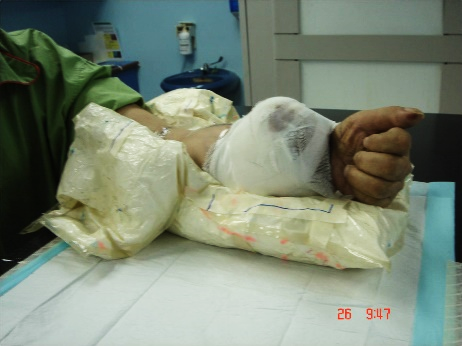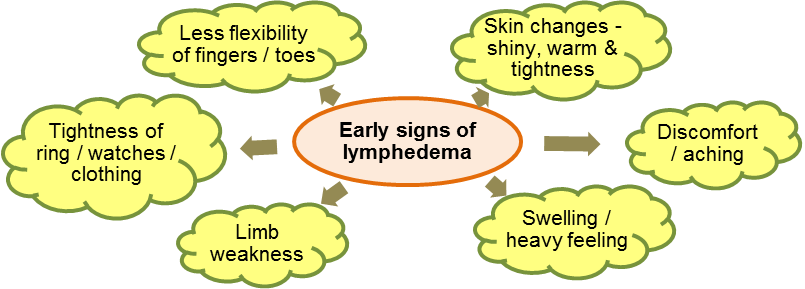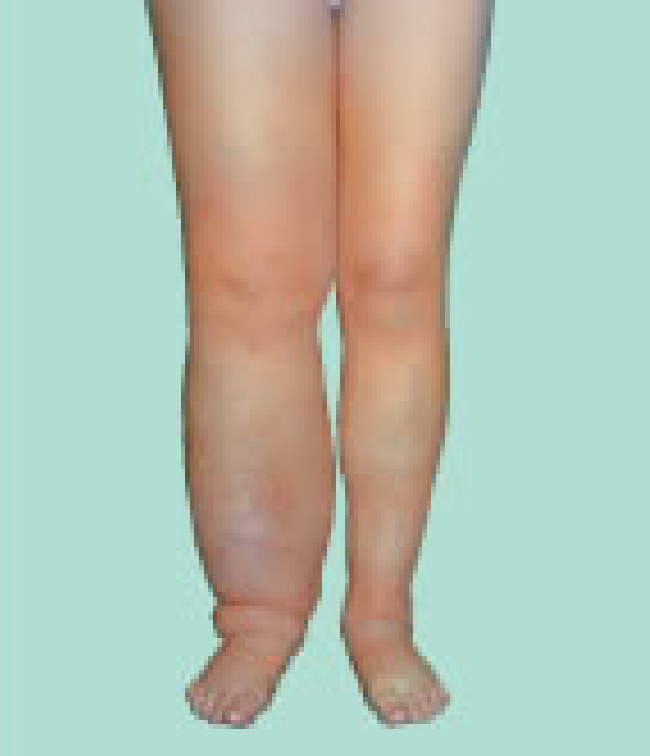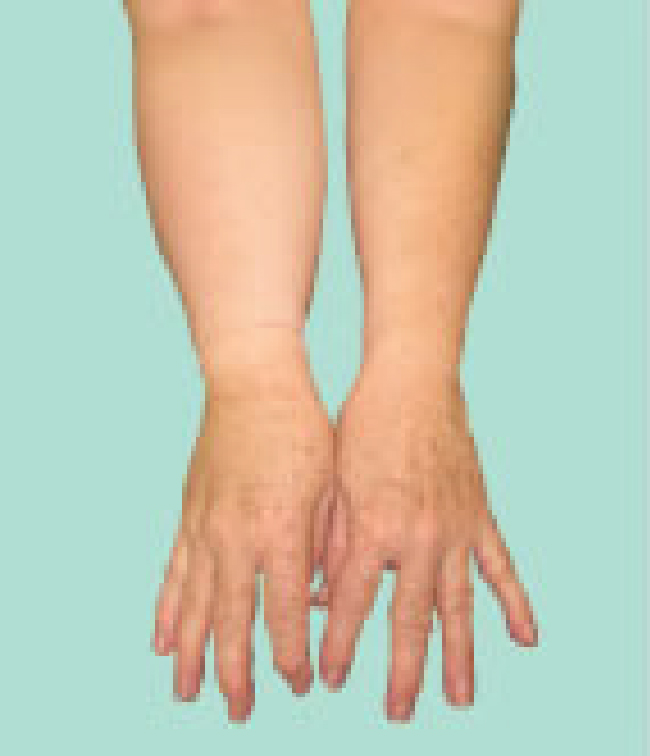Radiotherapy for arm or leg may be given to the whole arm or leg; or it can also be given to part of the arm or leg. Normal tissues included in the treatment area are soft tissues, bone and skin.
 |
 |
What Are The Early Side Effects?
Early side effects are the changes or reactions of normal tissues that happen during radiation treatment. The early effect of arm or leg radiotherapy is skin reactions.
Skin Reactions
The skin in the treatment area starts to become red after 2 weeks of radiation treatment. The skin may become dry, itchy, feel tight, warm and swollen too. At the end of treatment, the skin may become darkened, moist and peeling. For information on skin reactions and care please refer to Radiotherapy: Skin Reactions & Care.
How To Care For The Skin And Reduce Reactions?
– Wear clothes with loose long sleeves and long pants – Wear clothes with loose long sleeves and long pants – Wear soft cotton socks and well-fitting closed shoes
|
|
|
Are There Any Late Side Effects?
Late side effects are reactions of normal tissues that occur months or years after radiation treatment has stopped. Some late effects of arm or leg radiotherapy that may occur are soft tissue swelling (lymphedema), thickening of tissues (fibrosis) and increase risk of bone fracture of the affected arm or leg.
Lymphedema
Lymphedema is the abnormal collection of fluid in the soft tissues due to a blockage in the lymphatic system. It is more common for radiotherapy to the whole arm or leg. Early signs of lymphedema are shown in the graphic.

Ways To Lower Risk And Reduce Swelling
|
|
|

The swelling of the affected limb occur gradually. Early swelling can be reduced and prevented from getting worse but swollen limb with hardened skin (late stages) is difficult to reverse and is prone to infections.
Always pay attention to any changes of the affected limb (size and sensation) that may occur after treatment has completed. Compare arm or leg of both sides and report the changes to the oncologist as soon as possible so that treatment can be carried out to prevent the swelling from becoming worse.
The increase risk of bone fracture is due to lower bone density, which may be improved with diet and exercises.
 Radiotherapy is designed specially for each individual, taking into consideration the effects of radiation on normal tissues in the treatment area. However, every person is unique and may react differently to the radiation treatment.
Radiotherapy is designed specially for each individual, taking into consideration the effects of radiation on normal tissues in the treatment area. However, every person is unique and may react differently to the radiation treatment.
Find out information about the specific side effects that may occur with your treatment from the radiation oncologist and radiation therapist before treatment begins. Always let them know what you are experiencing and how you feel so that they can help you to minimize the symptoms, to reduce anxiety and to cope better.
Reference
- http://www.cancer.net/navigating-cancer-care/side-effects/lymphedema
- American Cancer Society.2013.Understanding of lymphedema.
- Images from slide presentation. Rubiah M P. Medical application for X-ray
- www.openclipart.com
| Last Review | : | 26 May 2017 |
| Writer | : | Sarah Lee Abdullah |
| Accreditor | : | Dr. Ros Suzana binti Ahmad Bustamam |







